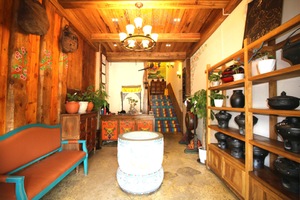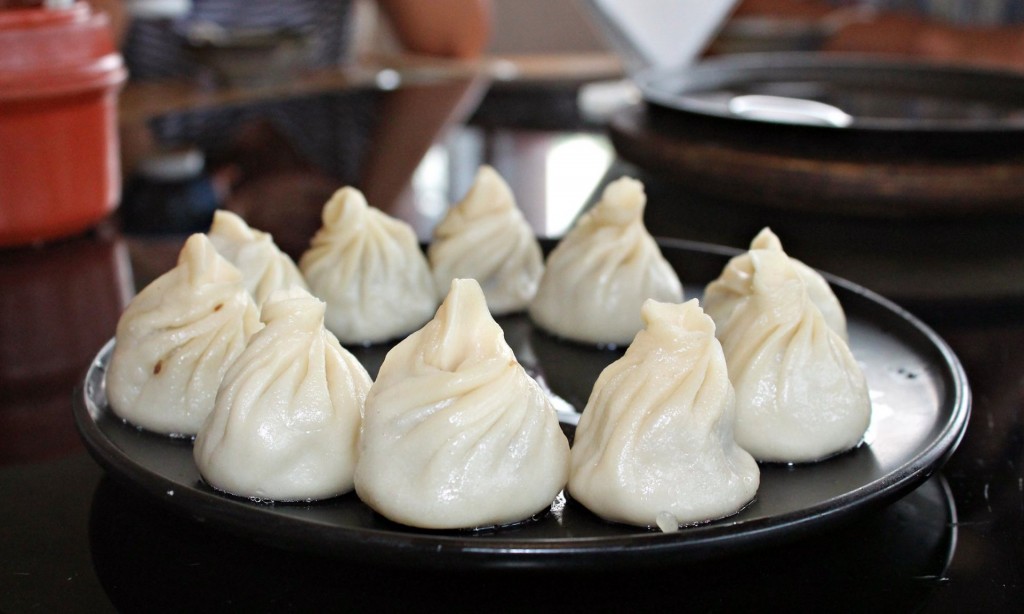
I’m in Chengdu, in China’s Sichuan Province, home of huā jiāo, the famous Sichuan pepper. I’m in the city’s Tibetan Quarter, however, where it’s yak on the menu.
Chengdu’s Little Lhasa occupies a cluster of streets around Wuhou Temple in the south-west of the city. Here, shops sell traditional arts and crafts, long chuba sheepskin coats and organised tours to the plateau. It’s also the place to tuck into traditional Tibetan food. Restaurants line the main street, Wuhousi Dajie, and the long-haired ruminant found across the Himalayas of southern and central Asia features on many of the menus.
Looking more like a temple than somewhere to eat, A’Re restaurant spreads over three storeys and is the street’s biggest and most impressive. On its walls are Tibetan artefacts, rugs and paintings. On the heavy wooden benches, cushions, printed throws and families are grouped around huge hotpots. Even during a muggy Sichuan summer, it feels like Tibet in here.

A’Re’s menu is creative when it comes to using yak. Dumplings arrive looking like xiao long bao (the Shanghai soup dumplings) with twisted tops. The dough is tough and the meat is chewy and strongly flavoured – although dipping them in soy and chilli sauce tempers the flavour slightly. Yak meat also comes in thin strips stir-fried with mushrooms and spring onions; in fried dumplings, slathered with a tomato sauce; and in a Tibetan pitta.
To drink? A bowl, filled to the brim, of signature yak butter tea poured from a huge silver teapot. It’s oily, viscous and tastes unbearably awful – and makes me yearn for tongue-numbing Sichuan hotpot.





